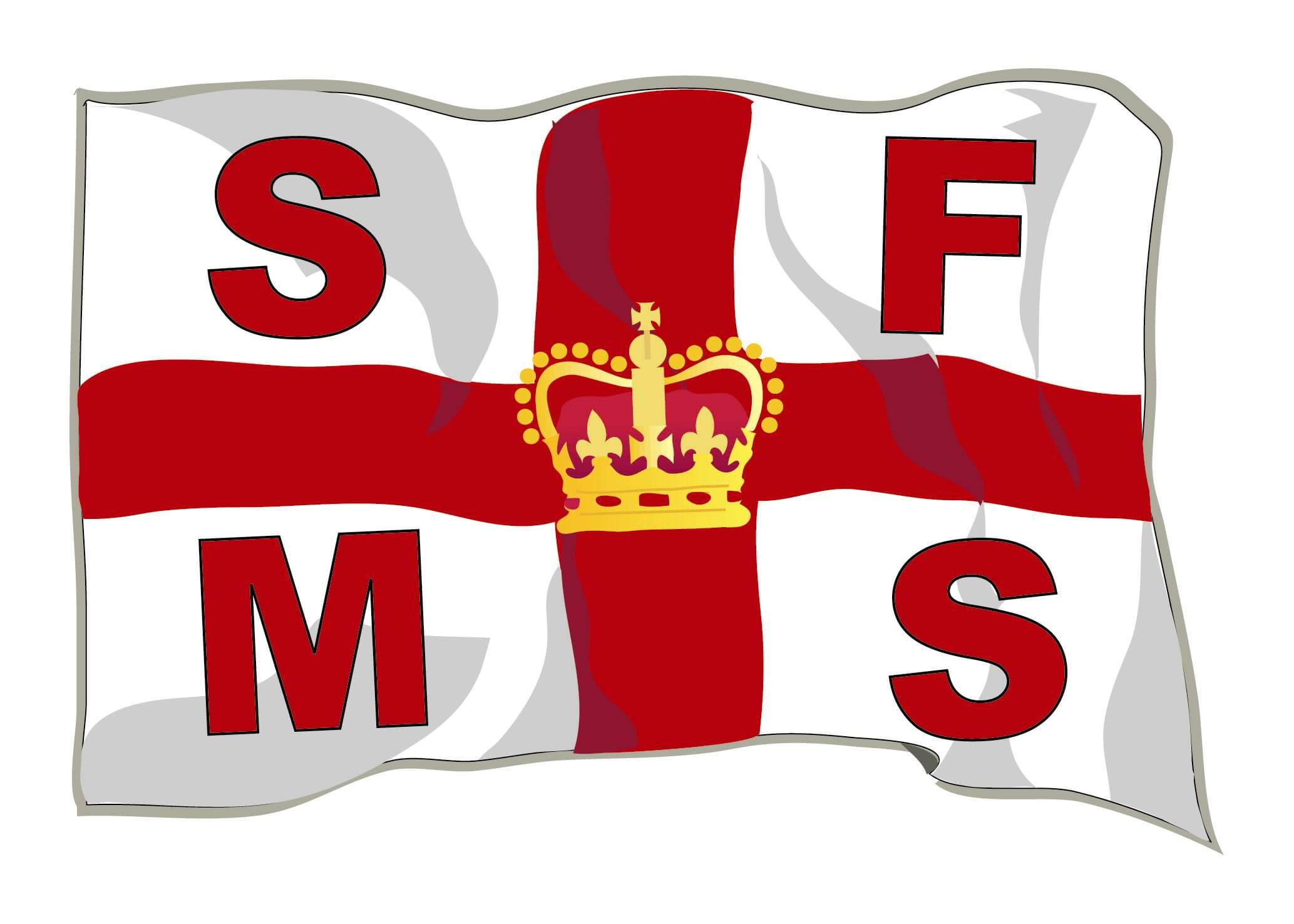Edward & Maisie Lewis Award 1984/85

The EDWARD AND MAISIE LEWIS award presented to Captain David Kinnell and crew of a Bond shuttle helicopter for the rescue of 6 survivors from the Fishing Vessel Whyalla in storm force with 60ft waves, 10m in the North Sea on 16 November 1984.
On Friday 16 November, in storm force 10 conditions, the lnverness registered fishing vessel Whyalla was taking water and in danger of sinking 10 miles north east of the Bp Forties field. The Bp Forties in-field shuttle helicopter, operated by Bond Helicopters, crewed by Captain David Kinnell, Captain Allan Dent, Winch Operator Alex Knight and Winchman John Kelly, the latter a Bp Heliclerk volunteer on his first live mission; was alerted in readiness for SAR. Five minutes after the initial call, Whyalla foundered in tempestuous seas, leaving the 6-man crew adrift in a liferaft. All radio contact was then lost. The duty helicopter co-ordinator, David Keys, immediately contacted RAF Nimrod Watchdog 2, on routine patrol. Rescue vessels and all ships in the area were alerted and the shuttle helicopter was scrambled for an SAR mission.
Co-ordination was hampered because the sinking vessel had given a confusing Decca/geographical position, but a tripartite educated guess by Forties Alpha, the shuttle helicopter and Smit Lloyd L20, who had intercepted the mayday call, established a rescue datum on which all groups converged. Fifteen minutes later, the Nimrod aircraft and Smit Lloyd 120 sighted a red flare and the Nimrod assumed the role of ‘On Scene Commander’. Shortly after this, the shuttle helicopter spotted a life raft – the Winchman was lowered, but the raft was empty. Some 4 minutes later, a second life raft was sighted and the Winchman made 5 descents to rescue survivors.
As the fifth man was being pulled clear, the life raft overturned, trapping the sixth man underneath. The Winchman was thrown clear and as he was drifting away he had to inflate his life jacket to stay afloat. The Winchman was recovered while the sixth man righted the liferaft. As the hi-line weak link had broken, a second hi-line was rigged to recover the sixth survivor. The weather conditions were appalling, with seas averaging 10 metres. The helicopter reported maximum wave heights of 18 metres (60ft) every third or so wave. The Pilot of this commercial aircraft actually had to lift over the wave crests and descend again into the troughs, as he had only a limited length of winch wire paid out.
The professionalism and remarkable flying of the Pilot and his crew ensured a very well coordinated and successful rescue in hazardous conditions. Moreover, the exceptional courage and determination displayed by Winchman John Kelly under these dangerous conditions are especially worthy of recognition, particularly so, as this was his first operational mission.


